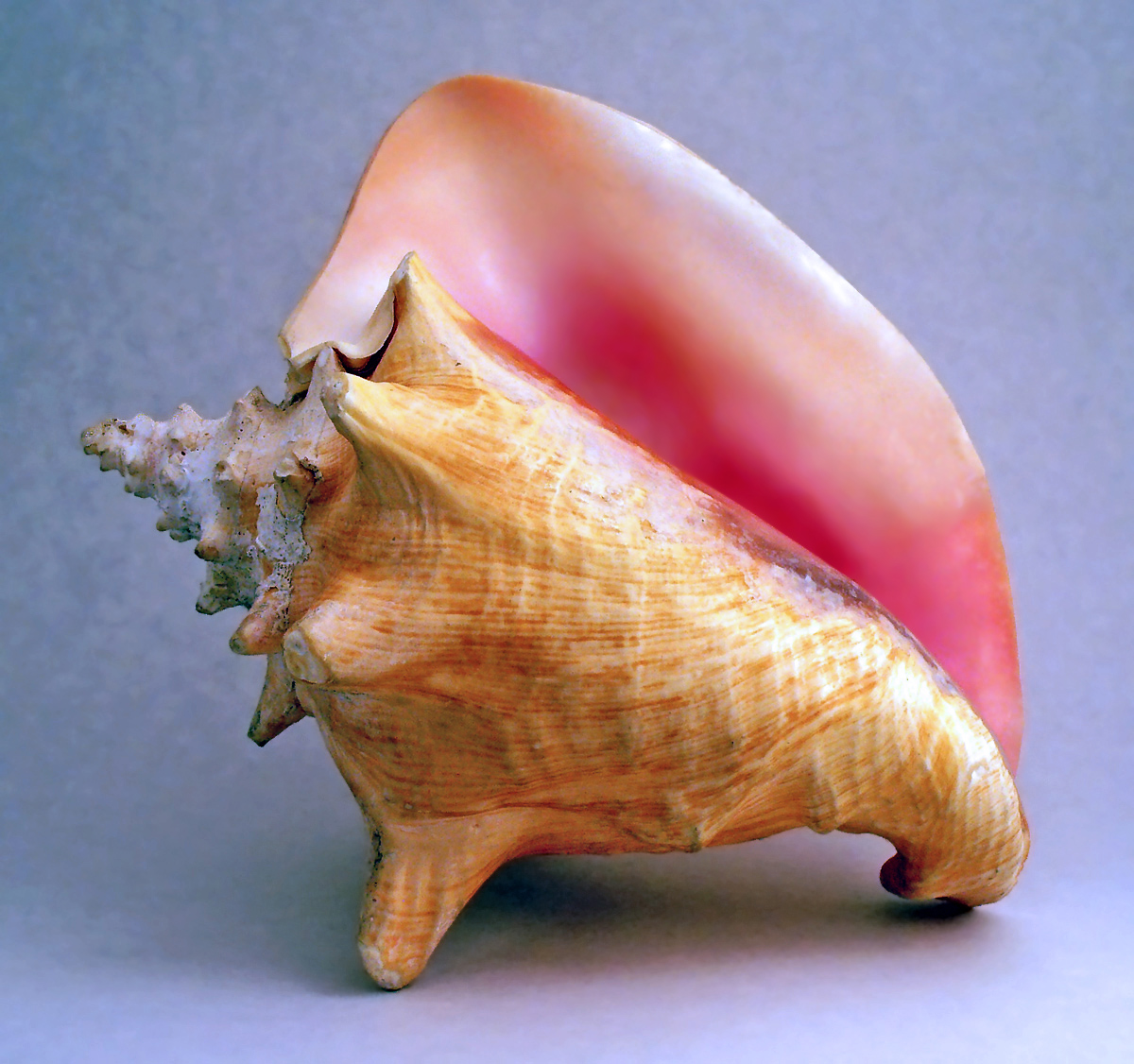In engraved or surface roller printing, the colour container in which the furnishing brush or roller rotates. Also known as ‘colour box’.
A rendering of a design on printed fabric in a set of colours differing from the original. Fabrics are usually printed in a set of at least four colourways.
A piece of loom apparatus consisting usually of fine /wood slivers standing vertically between two horizontal bars. The comb acts as a warp-spacer and, when weaving, the weaver beats the comb against the newly inserted weft thread with her sword. It is also known as the reed.
Any type of loom which includes a comb or reed for spacing the warps. In most instances this type of loom is characterized by a discontinuous warp.
A method of preparing fibres for spinning. Fibres are aligned by drawing them through the teeth of a single large comb or transferring them between two combs. The process also separates longer fibres from shorter ones. Yarns spun from combed wool are smoother and stronger than yarns from carded wool, and are known as "worsted".
Threads spun by machine. These include natural fibres such as cotton and silk and synthetic fibres.
Colors that are opposites on the color wheel and contrast with each other. For example, orange is the complement of blue, yellow of violet, and red of green.
Arrangement or design of elements of an artwork to achieve balance, contrast, rhythm, emphasis, and unity and to make it an effective expression of the artist's idea. The term also refers generally to any work of art.
The ikat-resist dyeing process applied separately to both warp and weft threads. The fabric is woven to achieve a balanced plain or tabby weave so that the patterning of both sets of loom threads emerges.
Conch the large white sea-shell with a spiral inner structure is used in Bengal, Orissa and other parts of India for blowing as a horn during religious ceremonies. Before any use, it has to be cleaned thoroughly with some blowing shells decorated with elaborately carved designs. Its use as a craft material is confined to Bengal, exclusively to the Sankhakar community. The shell is collected during an annual season in the coastal areas of Tamil Nadu and Kutch and is usually sold to nakhodas-muslim wholesalers, who retail them to craftsmen from their Calcutta bases.
According to Black’s Law Dictionary, consultation is the act of asking the advice or opinion of someone.
One source indicates that consultation refers to the process whereby people exchange views and information. It is not just a one-way process, but a process of sharing knowledge and opinions. Consultation means working together, listening to what the other party has to say and acting upon it. According to some, consultation and consent in indigenous communities are interrelated. Through consultation, a third party user can come to understand what requires consent and the correct people to whom to give it, and the people giving consent can more fully understand what they are consenting to.
The International Labour Organization (ILO) Convention 169 concerning Indigenous and Tribal Peoples in Independent Countries (1989) states that consultations should be undertaken “in good faith and in a form appropriate to the circumstances, with the objective of achieving the agreement or consent to the proposed measures” (Article 6(2).
A set of warp threads or partially woven cloth, which make a continuous circle around the breast-beam and warp-beam. When the completed cloth is removed from the loom, it is also circular.
Supplementary weft patterning in which the ornamental weft threads are carried back and forth across the full width of the cloth
Supplementary weft patterning in which the extra ornamental weft threads are carried back and forth across the full width of the cloth.
Significant degrees of difference between lines, colors, shapes, values, forms, and/or textures.
An element with atomic number 29, atomic weight 63.54, mp 1083 ºC, specific gravity 8.96. Pure copper is reddish in colour and malleable and ductile. It occurs in native copper in dendritic masses and has been known and used since the later part of the Neolithic period. Related terms: Brass, Bronze.

